BSBINN601: Leading & Managing Organisational Change for Staff
VerifiedAdded on 2023/05/27
|9
|510
|305
Report
AI Summary
This report delves into the critical aspects of managing staff during organizational change, emphasizing the necessity for change, key changes for staff including promotion, leave, travel, flexible work, and training, and ensuring a smooth transition. It highlights the importance of acknowledging the past, involving people in the process, and providing clear instructions. The report also addresses potential risks, such as losing staff resistant to change, and challenges like fast-paced change and adverse attitudes. Effective strategies to address these challenges include identifying positive change evaluations, robust feedback mechanisms, reducing resistance, and instilling trust. The document underscores the role of managers in empowering employees, fostering open communication, and identifying slower adapters to change for early involvement and ownership. Desklib offers a range of solved assignments and past papers to aid students in similar topics.
1 out of 9

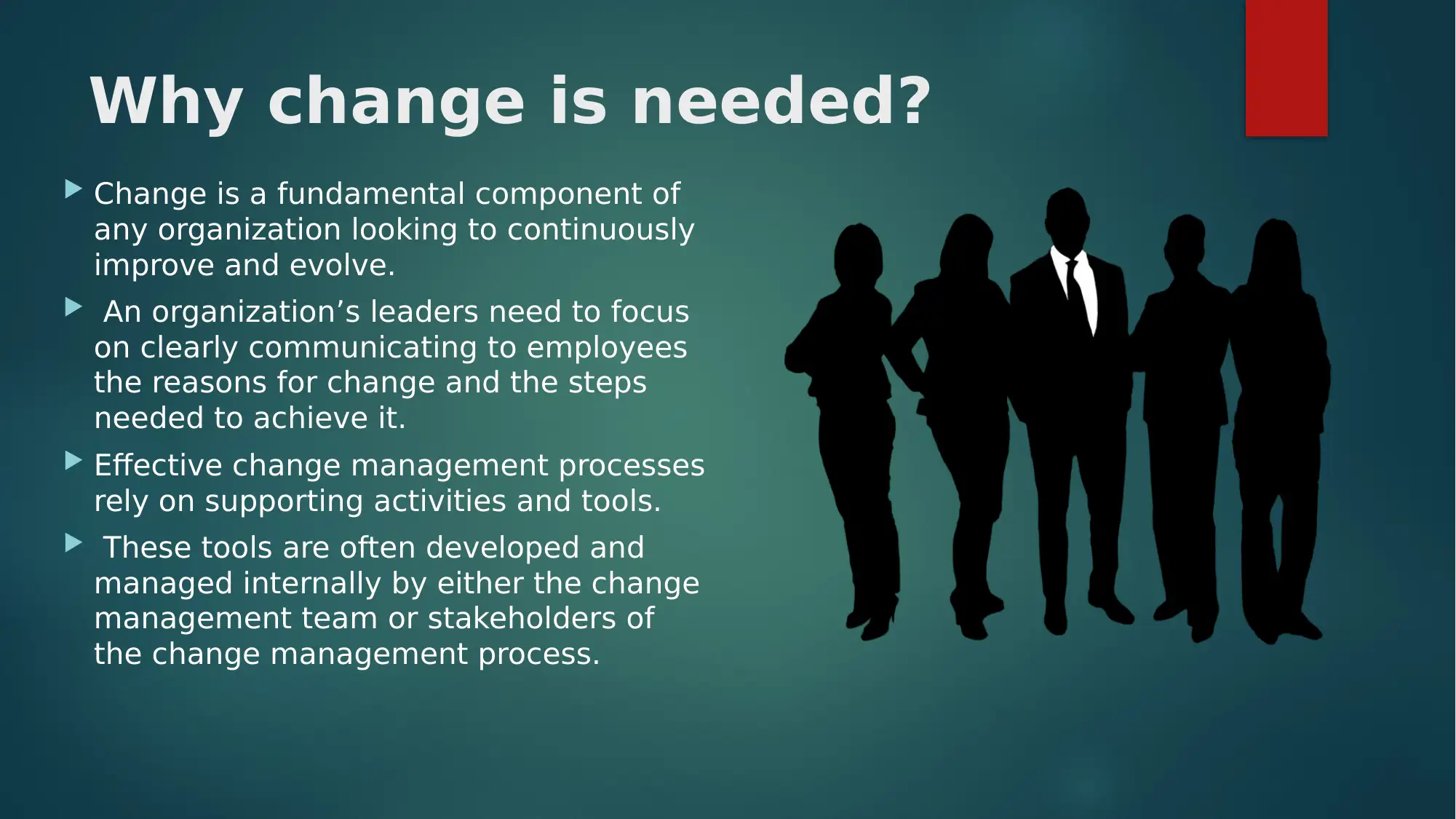
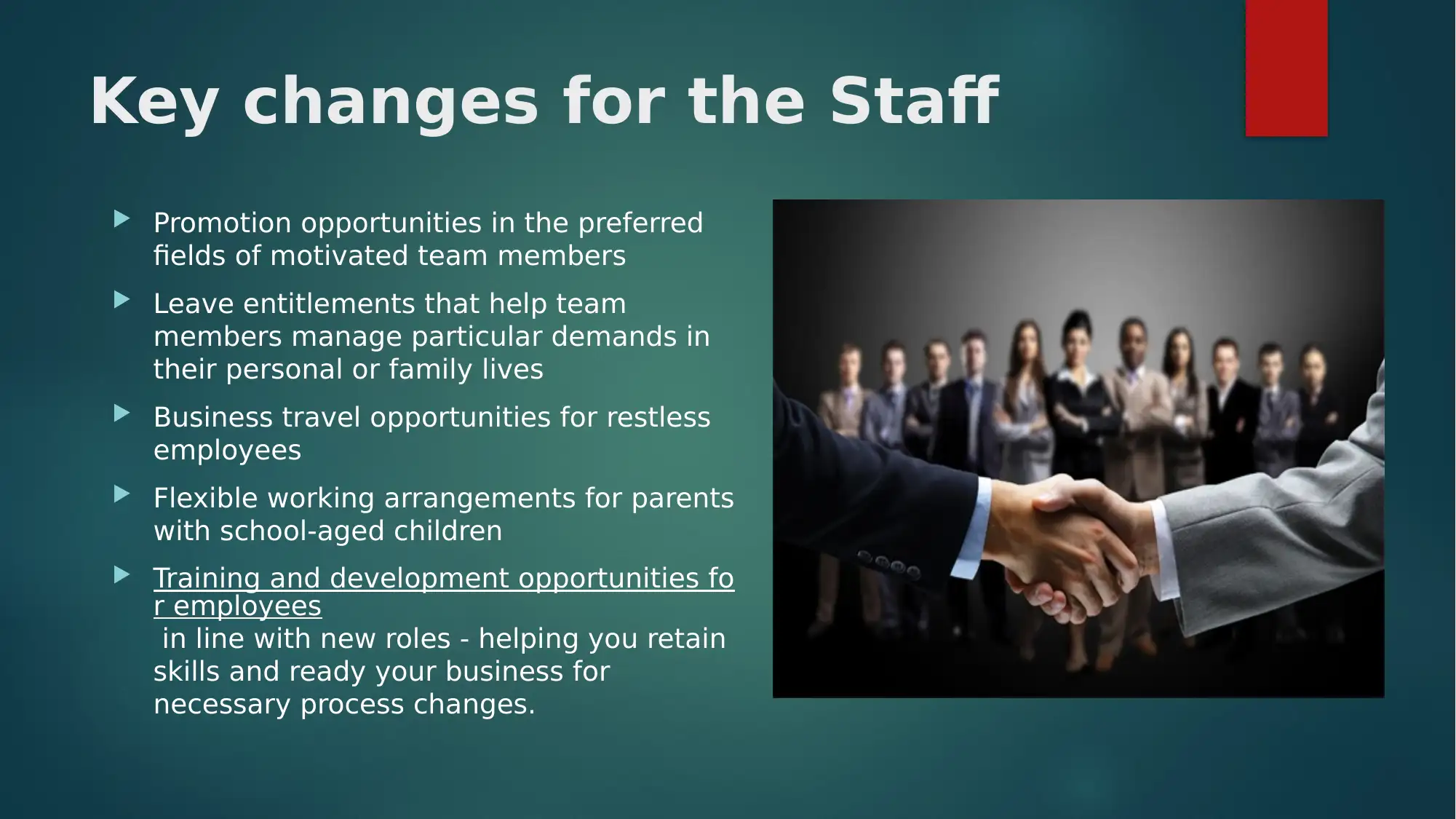

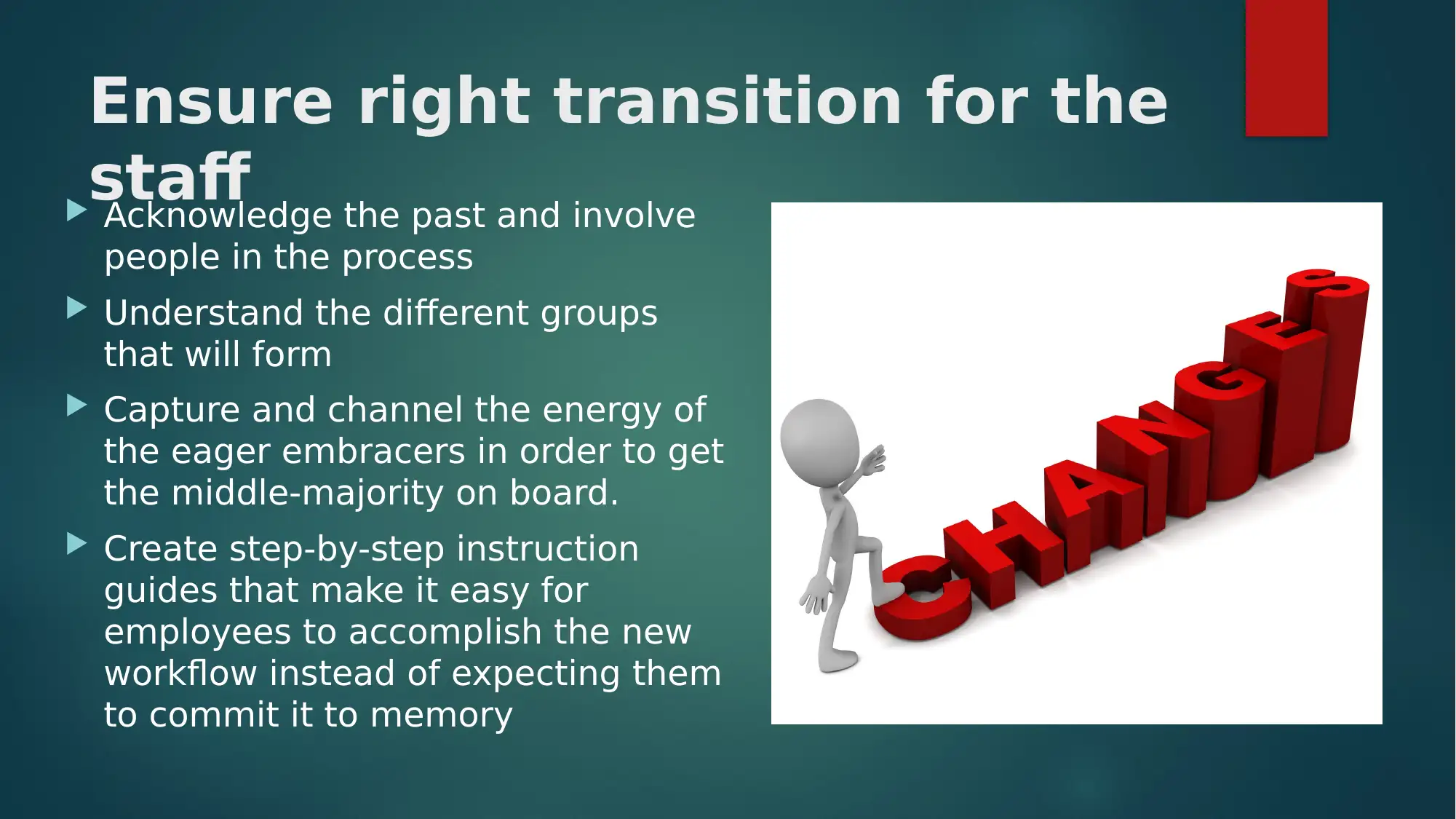
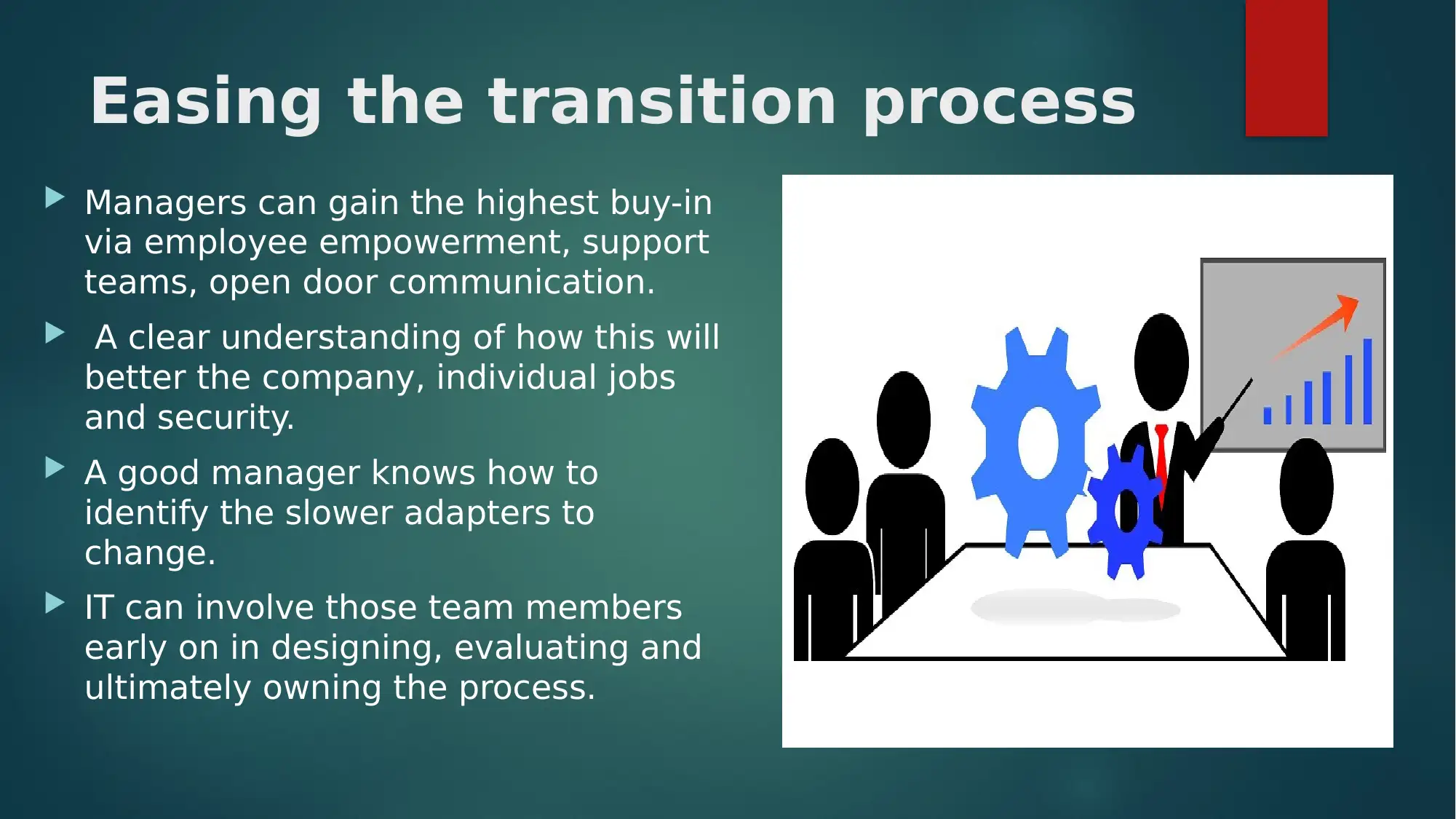
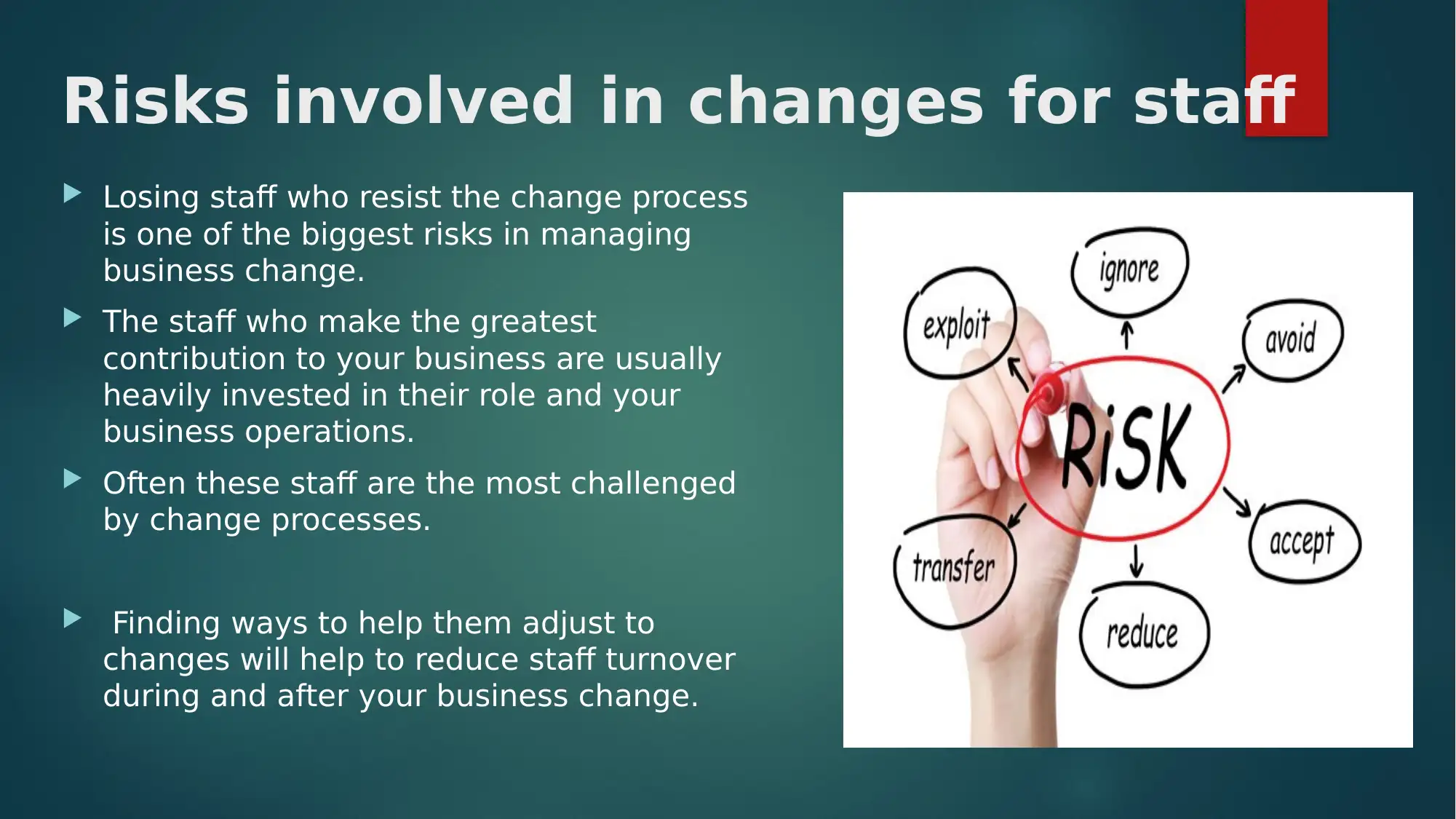
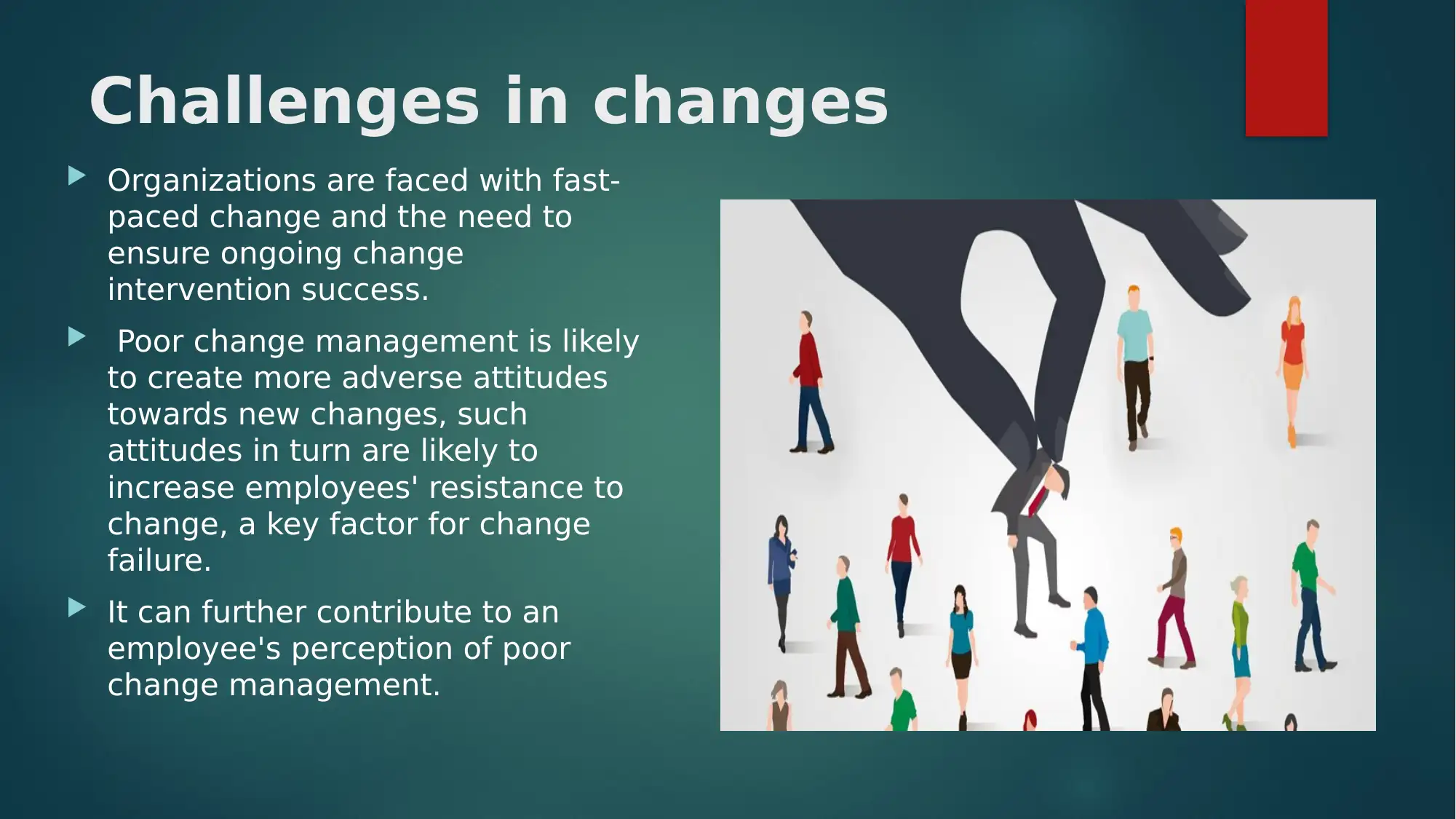
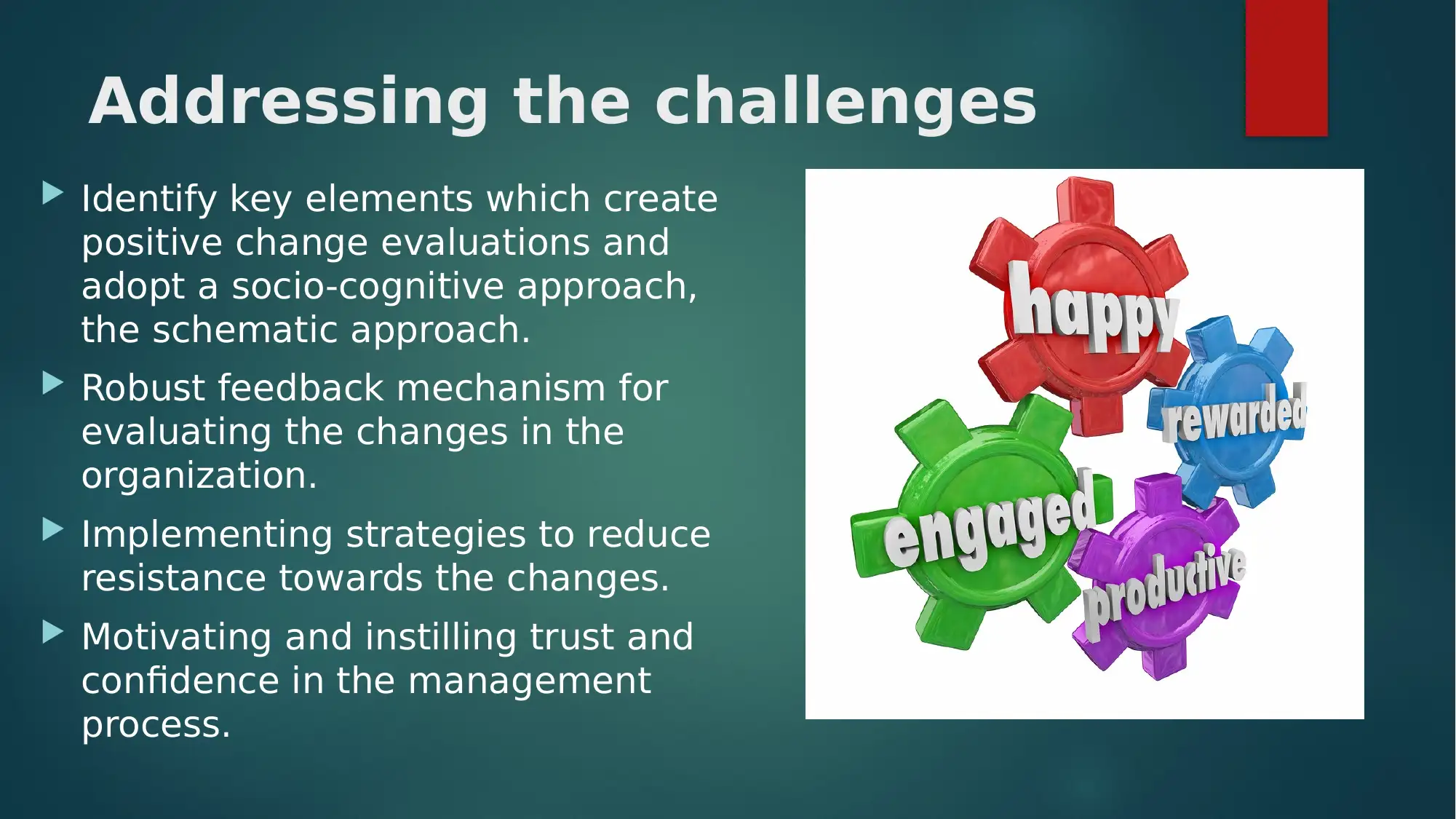




![[object Object]](/_next/static/media/star-bottom.7253800d.svg)